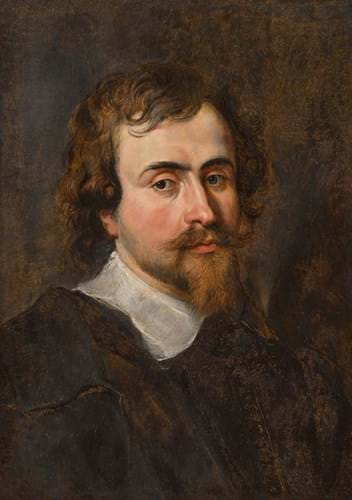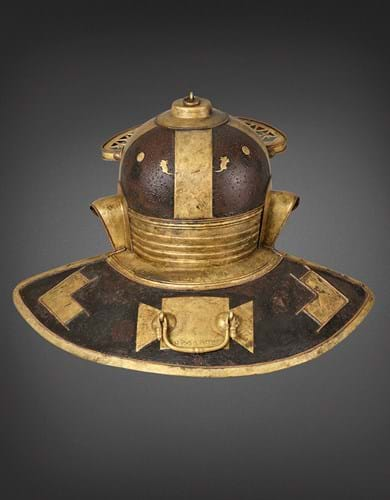Self-Portrait of the Artist as a Young Man by Sir Peter Paul Rubens and Self-Portrait by his pupil Sir Anthony van Dyck were offered as successive lots at Sotheby’s Old Masters sale on the afternoon of February 1.
The van Dyck, painted in 1637-30 and thought to be the artist’s penultimate self-portrait, did sell at $2m (£1.58m) – the top Old Master price of the New York series.
The work was likely a gift to Charles I from his favourite painter and, just prior to the sale, was identified as the picture included in Abraham van der Doort’s c.1639 inventory of the royal collection. The picture later travelled with William III to Holland, where it hung in Paleis Het Loo.
These connections seem to have fallen away in the 20th century and when the picture appeared at Christie’s New York in June 2006 it was sold as a later copy for just $2600. Restoration and research supported a full re-attribution with dealer and art historian Bendor Grosvenor penning an article about the discovery in a 2016 edition of the British Art Journal. It was acquired by Sotheby’s vendor on the London art market.
The Rubens came for sale almost three years after selling at Uppsala Auctions in Sweden in June 2021 for SKr5.2m (£390,000). It is thought to have been painted by Rubens in Antwerp around 1610-11, aged around 33, and had remained in his family until 1853. However, it was unsold at Sotheby’s guide of $3m-5m.
Mougins museum
Among the highlights of Christie’s Classic Week was the white-glove sale of arms and armour from the Musée d’Art Classique de Mougins. The second in a series of six sales of a collection formed by commodities trader Christian Levett, it was topped at $1m (£785,000) by an exceptionally well-preserved iron and copper alloy Weisenau type infantry helmet from the Antonine period (c.125-175AD).
The so-called Guttmann mouse helmet, derives its name from the German collector Axel Guttmann (1944-2001) who had bought it in 1993, and the enigmatic decorative motif of two mice and a loaf of bread at the back.
Along its lower edge is a punched inscription naming the helmet’s original owner as one Julius Mansuetus. Although now missing its hinged check pieces, it was sold with an associated iron dolabra, a type of pickaxe, retaining its hinged brass case for the blade.
It was part of the Guttmann collection sale at Christie’s in 2004 but, as it went unsold, was later acquired from his heirs in 2013.








